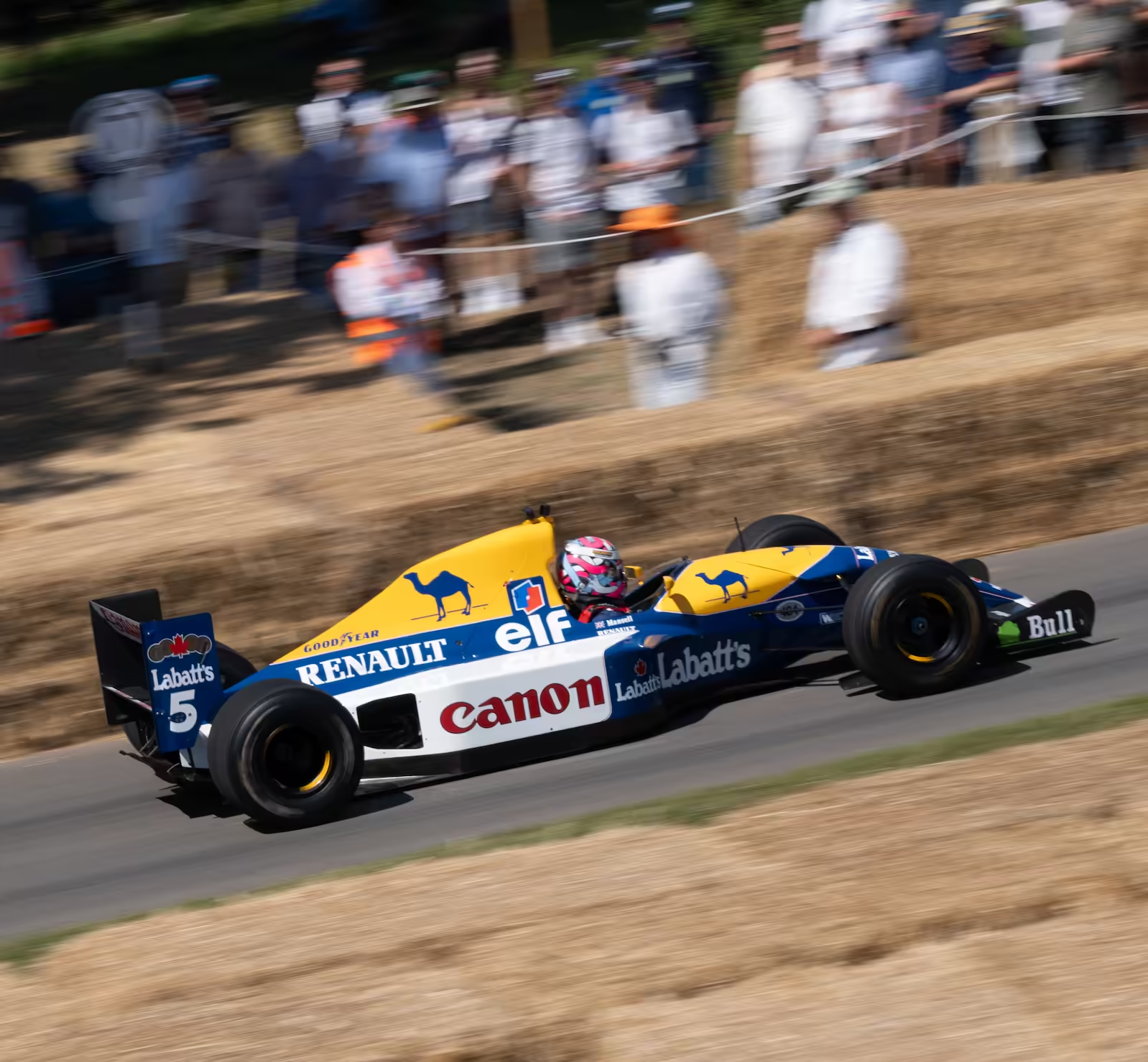The present and potential future of progressive image rendering – JakeArchibald.com
October 29, 2025

Progressive image formats allow the decoder to create a partial rendering when only part of the image resource is available. Sometimes it’s part of the image, and sometimes it’s a low quality/resolution version of the image. I’ve been digging into it recently, and I think there are some common misconceptions, and I’d like to see a more pragmatic solution from AVIF.Let’s dive straight into the kinds of progressive rendering that are currently available natively in browsers.
Source: The present and potential future of progressive image rendering – JakeArchibald.com
Back at the dawn of the web, in the mid-90s, if you think performance is an issue now, then ah well, I’ve got a history lesson for you.
In an era when hundreds of megabits, even gigabits per second, of download speed are far from rare, imagine 5 kilobits per second. Imagine a time when 10 kilobits per second was a fast shared download at an educational institution.
And imagine the kinds of techniques you’d need to come up with to manage performance, particularly of images, which could take many seconds or longer to download.
In that era, the progressive JPEG, which rendered a very low-resolution version of the image relatively quickly and then filled in the details over time, was a godsend.
Progressive image formats are not just a thing of the past. Here, Jake Archibald looks at the current state and future direction of these image formats.








